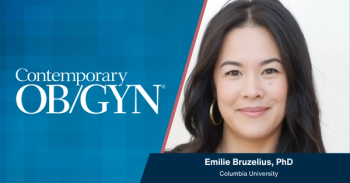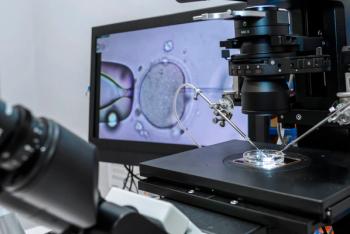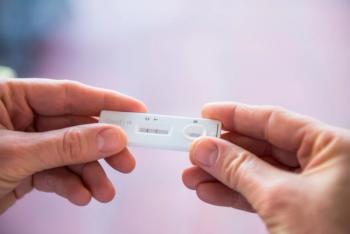
Sign Out: Prenatal screening isn't perfect
We need to remember that screening is screening; it's great, but not perfect.
But it is possible, because prenatal screening just isn't so perfect and some genetic conditions are relatively common. One in 800 liveborns has DS, and the incidence increases with advanced maternal age. One in every 2,500 Caucasians of Northern European or Ashkenazi Jewish ancestry has CF. Even if screening produces negative results, there is still reason for expectant parents to worry. The risk is far lower, to be sure, but affected cases do occur.
How, exactly, do we find ourselves in the unenviable position of bearing bad news to a couple who believed their pregnancy was normal? The problem is our failure to help patients understand the difference between screening and case detection.
In genuine genetic screening, by contrast, we acknowledge that not all cases will be detected. We accept detection rates of only 80%-and failure rates of 20%. But there are also certain prerequisites: a reliable assay, the possibility of altering management by curing a disease (neonatal screening) or permitting reproductive options, ability to address unexpected problems, and a favorable cost:benefit ratio.
The standard of care for DS screening is analysis of selected serum analytes and measurement of nuchal translucency. Women whose risk is above a certain threshold-usually the 1 in 270 mid-trimester risk for a 35-year-old-are also offered chorionic villus sampling (CVS) or amniocentesis. Approximately 1 in 20 to 25 such invasive procedures will detect a fetus with DS.
If we performed first-trimester CVS on just 5% of the women who have first-trimester screening, we could detect 87% to 93% of cases of DS. In the second trimester, using a triple screen would yield a 70% detection rate, and using a quadruple screen would yield a detection rate of 80%. The rate would increase to 95% with sequential screening in the first and second trimesters, if we could achieve full patient compliance. In fact, we could detect incrementally more cases of DS if we were willing to perform amniocentesis or CVS on more than 5% of pregnant women of all ages. That, however, would be unacceptable because of the cost:benefit ratio and the potential for complications.
The only way to detect 100% of DS cases is to perform CVS or amniocentesis in every pregnancy. And we would then be practicing case detection, not screening.
Many patients don't understand that genetic screening doesn't come with a guarantee. Yes, the consent forms they sign explain that truth. But emotionally, most mothers-to-be want to believe that detection is 100% accurate. All too often, we succumb to the desire to provide more good news than the data may warrant. Patients, too, are complicit in asking the same question in different ways: What are my results? Could the test be wrong? Have you ever seen a problem with this test? Rather than saying "Don't worry," perhaps a dose of caution would be more prudent.
Newsletter
Get the latest clinical updates, case studies, and expert commentary in obstetric and gynecologic care. Sign up now to stay informed.
















